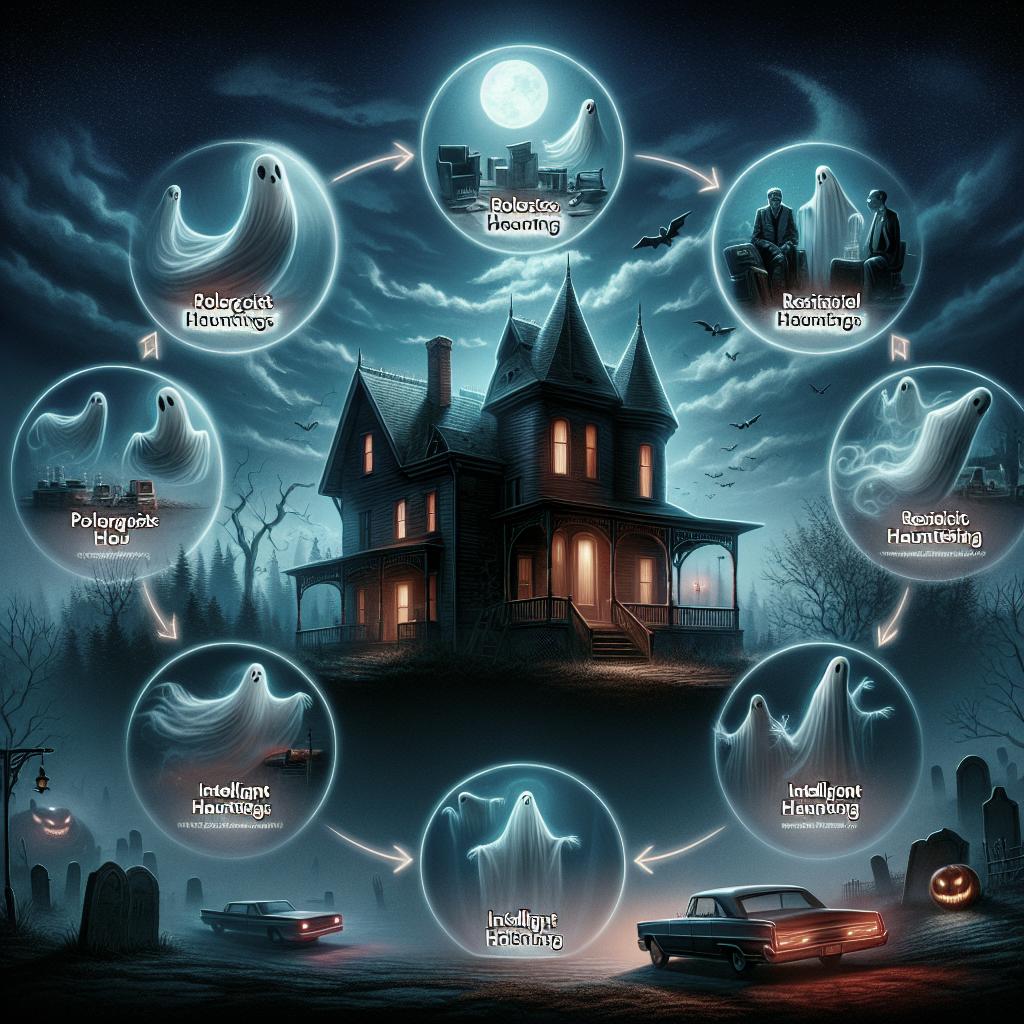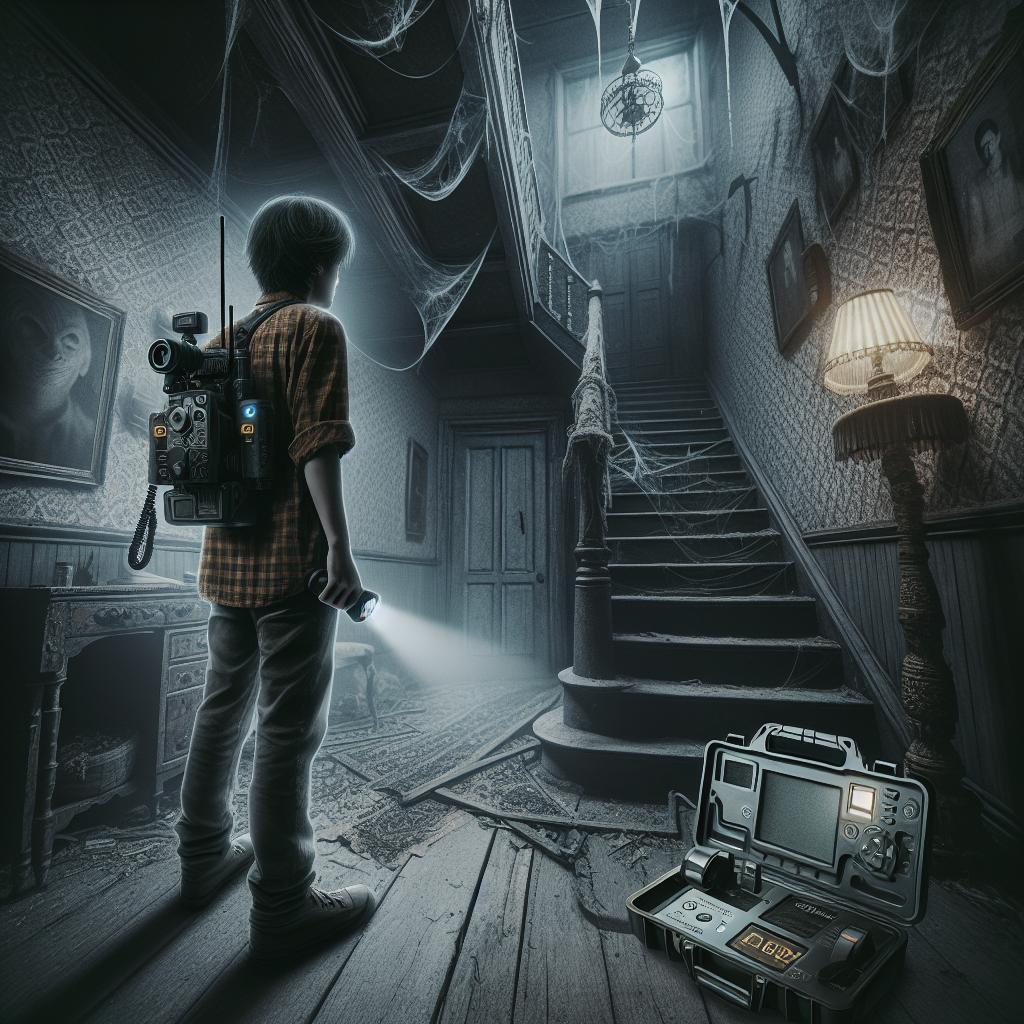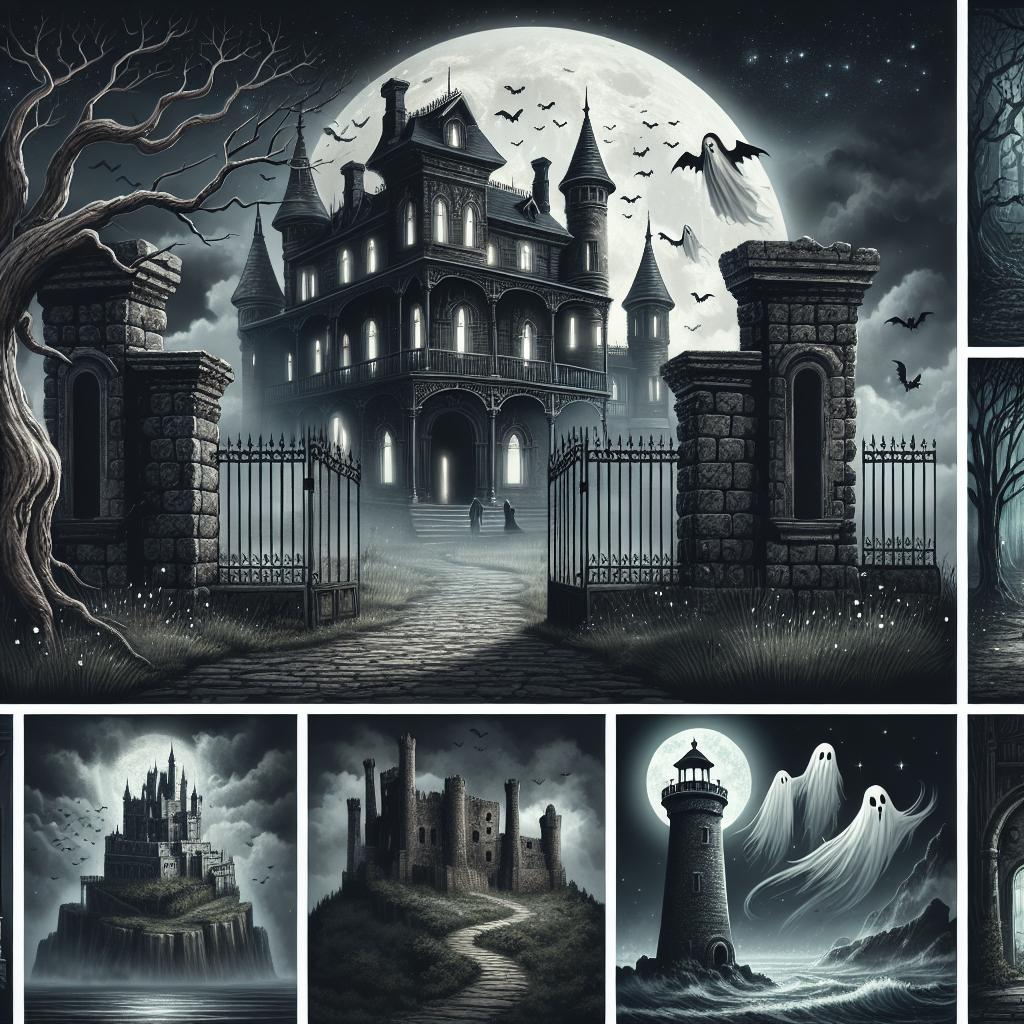“`html
Understanding Different Types of Hauntings
Hauntings have fascinated humans for centuries, sparking curiosity and fear. Understanding the differences between various types of hauntings can bring clarity to what might otherwise seem a mystery. This article delves into the main types of hauntings: residual, intelligent, poltergeist, shadow people, doppelgängers, and haunted objects. Each brings its own set of characteristics and phenomena. By learning about these categories, one can better interpret eerie and unexplainable events in their environment. Join us as we explore these intriguing manifestations to discern their features and uncover the stories they might tell.
Types of Hauntings
Hauntings can manifest in distinct ways, each type with its unique characteristics and signs. Whether you are a passionate paranormal investigator or simply curious, understanding the different types of hauntings is crucial. By identifying their distinct features, you can discern what type you might be encountering.
Generally, hauntings are categorized into six main types: residual hauntings, intelligent hauntings, poltergeist activities, shadow people, doppelgängers, and haunted objects. Each type offers a glimpse into the supernatural and suggests different reasons behind their occurrences. Let’s delve deeper into these categories to fully grasp what differentiates them.
Residual Hauntings
Residual hauntings are often likened to a recording or playback of an event from the past. These hauntings lack consciousness and interaction, meaning the apparition or activity does not acknowledge the living or respond to stimuli. Often seen as repetitive scenes or sounds, they replay historic or traumatic events.
Characteristics of residual hauntings include consistent environmental phenomena like footsteps, voices, or apparitions that appear in the same place and manner repeatedly without deviation. This type of haunting typically roots back to emotionally charged events, essentially imprinting on their surroundings.
Intelligent Hauntings
Unlike residual hauntings, intelligent hauntings interact with the living. The entities involved are believed to retain some aspects of personality or consciousness and can respond to questions or actions. This form of haunting is centered around entities that remain attached to the physical world, often due to unfinished business or a desire to communicate with the living.
Occurrences can include moving objects, making noises, or utilizing mediums such as electronic voice phenomena (EVP) to convey messages. Interaction and communication attempts on the part of the entity distinguish intelligent hauntings, offering a glimpse into what might be unresolved emotions or intentions.
Poltergeist Activity
Poltergeist activity is distinct in its intensity and focus on kinetic energy. Typically characterized by loud noises, physical disturbances, and movement of objects, poltergeist activity is often associated with a living person, usually someone undergoing emotional turmoil or stress.
This kind of haunting does not always possess a clear origin and can sometimes be confused with or mimic intelligent hauntings. The unpredictability and potential emotional links to the living make poltergeist activity one of the more misunderstood forms of haunting, often requiring careful analysis to identify a correlation between the human-associated triggers and the phenomena.
Shadow People
Shadow people are a particularly enigmatic type of haunting, often experienced as dark, shadowy figures seen in peripheral vision. Unlike other spirits or apparitions, shadow people usually lack distinct features and are perceived more as silhouettes. Their presence is sometimes associated with a sense of dread or discomfort.
Theories about shadow people vary. Some suggest they are interdimensional beings, spirits, or even a type of observer. Their elusive nature means they typically do not interact with the environment or individuals directly, but their momentary appearances can be unsettling and spark questions about their purpose.
Doppelgängers
Doppelgängers are ghostly doubles of living individuals, reported to appear as an unsettling reflection or even an independent entity. Encountering one’s doppelgänger is considered an ill omen in various cultures and literature, suggesting the eerie notion of being haunted by oneself.
Doppelgänger encounters sometimes correlate with moments of stress or significant transitions. The phenomenon challenges our understanding of identity, perception, and the line between reality and the supernatural, provoking both intrigue and fear.
Haunted Objects
Haunted objects are items perceived to hold spiritual or supernatural energy, often believed to house spirits or be cursed. Such objects can include anything from jewelry to furniture. The haunting might manifest through inexplicable movements, sounds, or feelings emanating from these objects.
Understanding haunted objects involves both historical context and personal narratives. They often carry stories of ownership, trauma, or emotional significance. Their presence in a household or among personal belongings can make the haunting profoundly intimate compared to other types of hauntings.
Summary of Main Points
| Type | Characteristics | Key Features |
|---|---|---|
| Residual Hauntings | Lack of interaction, repetitive activities | Historical imprints, environmental phenomena |
| Intelligent Hauntings | Responsive and interactive | Entities attempt communication, unfinished business |
| Poltergeist Activity | Physical disturbances, kinetic energy | Linked to emotional stress, unpredictable |
| Shadow People | Shadowy figures, brief glimpses | Unsettling presence, often non-interactive |
| Doppelgängers | Ghostly doubles, ill omens | Reflection of self, unsettling |
| Haunted Objects | Supernatural energy in items | Historical stories, emotional attachments |
“`


